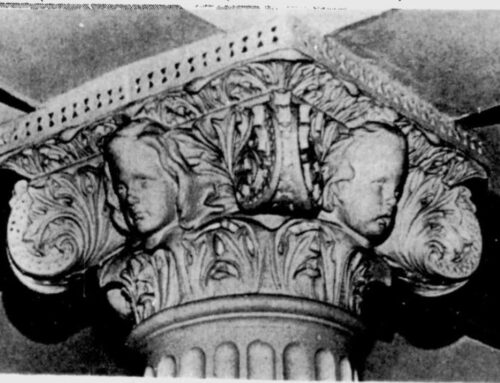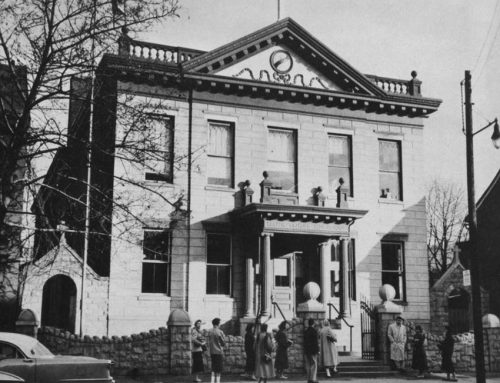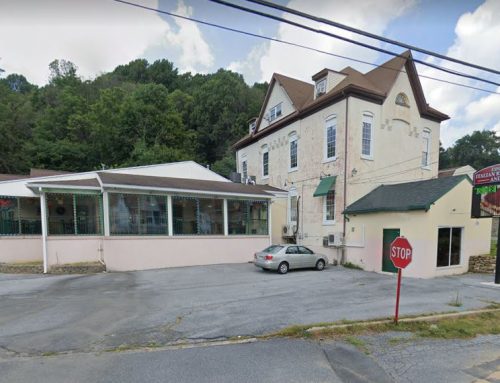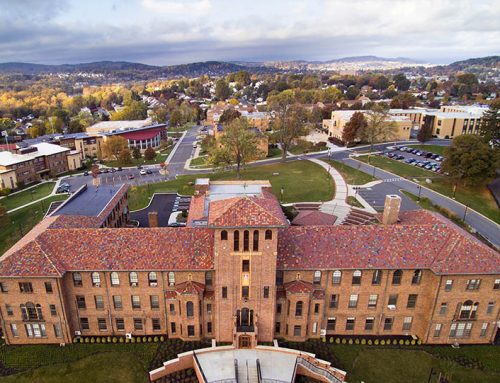Jenny Terry, a former slave, became the matriarch of a large and important family in Reading’s history. Jenny first arrived in the city with her nine children: Moses J., Johnson L., Charles L., Lee B., Frank, Andrew, Helen, Barbara, and Mary. Jenny had been a slave in King George County, VA until her slaveowner, St. Leger Landon Carter, freed her and her children in his will. She and her nine children were taught to read and write and were freed in 1852.
Four of her sons became successful barbers and businessmen. Her daughters were happily married and settled in the community, where the whole family worked diligently for the Washington Presbyterian Church. Her grandson and great-grandson held the distinction of being Reading’s first Black policeman and doctor respectively.
Reading’s first public school was opened in 1838, but it was not until 1854 that the Black population of the city received an equal education opportunity. The first public “Colored school” was opened that year, allegedly in the basement of the Washington Street Presbyterian Church — located until its razing at the northeast corner of Washington and Mulberry.
From about 1857 to 1873 the one-teacher operation continued in “The Ark,” a brick edifice 19 by 50 feet built in 1849 as “Methodist Episcopal Zion Church,” formed by disgruntled parishioners who withdrew from nearby Bethel A.M.E. The congregation that originally worshipped there, never strong numerically, disbanded after a few years and the facility was converted for school use.
Moses J. Terry, Jenny Terry’s oldest son, was appointed teacher of the school in 1860 at a salary of $200 a year. Samuel G. Hubert assumed responsibility of the class soon afterward and continued in that position until 1876.
From all indications, “The Ark,” which was razed in August of 1885, stood at about 224 North Tenth Street. It is thought that George Anderson, Charles Carter and the latter’s mother built the place.
Where Genesis Theatre now stands, near the southeast corner of Tenth and Walnut, the A. H. Phillippi School was erected in 1873 as “a more suitable accommodation for the colored class.” Three years later, on December 22, 1876, Reading’s schools were integrated. The Phillippi school building from that time to 1905 had white and colored children on its roll.
On the morning of October 16, 1905, the pupils attending the A. H. Phillippi School building, on Tenth near Walnut transferred their books and other belongings to the Eckert building. It was in service 33 years. The last school class to occupy it was taught by Miss Fanny E. Hobson, an eighth grade for girls.
The building was closed because there was no longer any use for it as there are five vacant rooms in Eighth ward school buildings, and that being the case, it was decided by the authorities to close the Phillippi School.
Below: Moses J. Terry (see photograph inset) became principal of the Phillippi School, a segregated “Colored school” which operated from 1873 to 1876 in a building on North Tenth Street in Reading. The photograph of the building was taken by John Tenschert as demolition work began in the early 1920s.






Leave A Comment